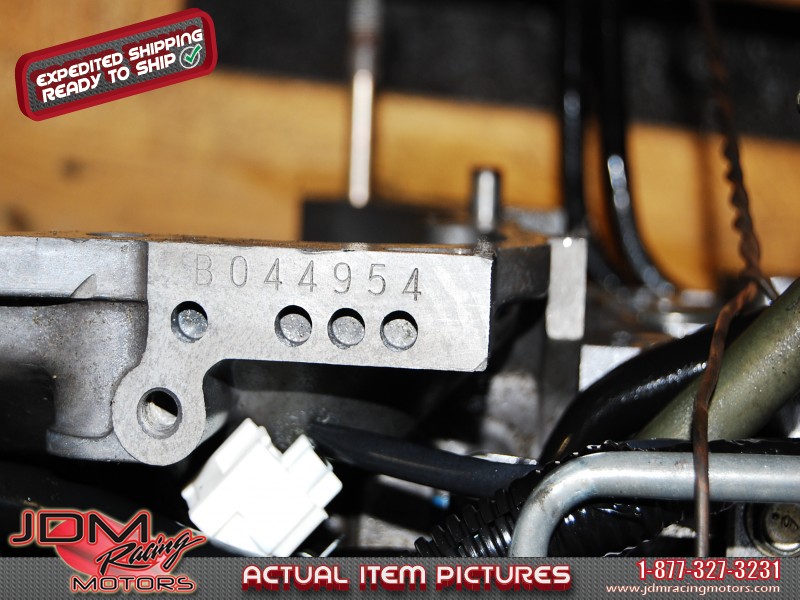

You can still use the older engine, but you will need to swap the intake with the newer one with all the new fancy electronics. US law states that you cannot put an OBDI engine into a vehicle that came equipped with an OBDII engine. If you get cams that move the power and torque higher on the RPM band, you may consider switching to the Phase II heads just because they won't allow the valves to float (Meaning the valves won't fully close) at higher RPM's. The Phase I engine used hydraulic lash adjusters, which never need adjustment but increased valvetrain friction and cause the valves to float at high RPM's. Phase II heads used solid lash adjusters, which should be checked and adjusted every 100K miles. The Phase II heads would slightly boost performance, however. Once they've been compressed once, you don't want to reuse them or they might leak prematurely. You will also have to buy new head gaskets if you change the heads, seeing as how they are one time use only. Ask the person you sold you the engine if any headwork was done to the cylinder heads on the engine before you make a decision. If this is the case you might be better off using the Phase I heads. You said the engine you bought was a fresh rebuild, which might mean the stock heads have all new parts and a 3 angle valve job. The only problem I can see with using the newer heads is the fact that they haven't been rebuilt. By using a Phase I block with Phase II heads the engine should still be non-interference. That means that if you run a total Phase II engine, the valves can contact the piston should the timing belt snap. The piston crown on the Phase II engine was different from that of the Phase I engine.

I think that if you were to use the Phase II heads with the Phase I block the engine would still be a non-interference engine. The cylinder heads are the same bolt pattern, but the Phase II heads have a narrower valve angle.


 0 kommentar(er)
0 kommentar(er)
